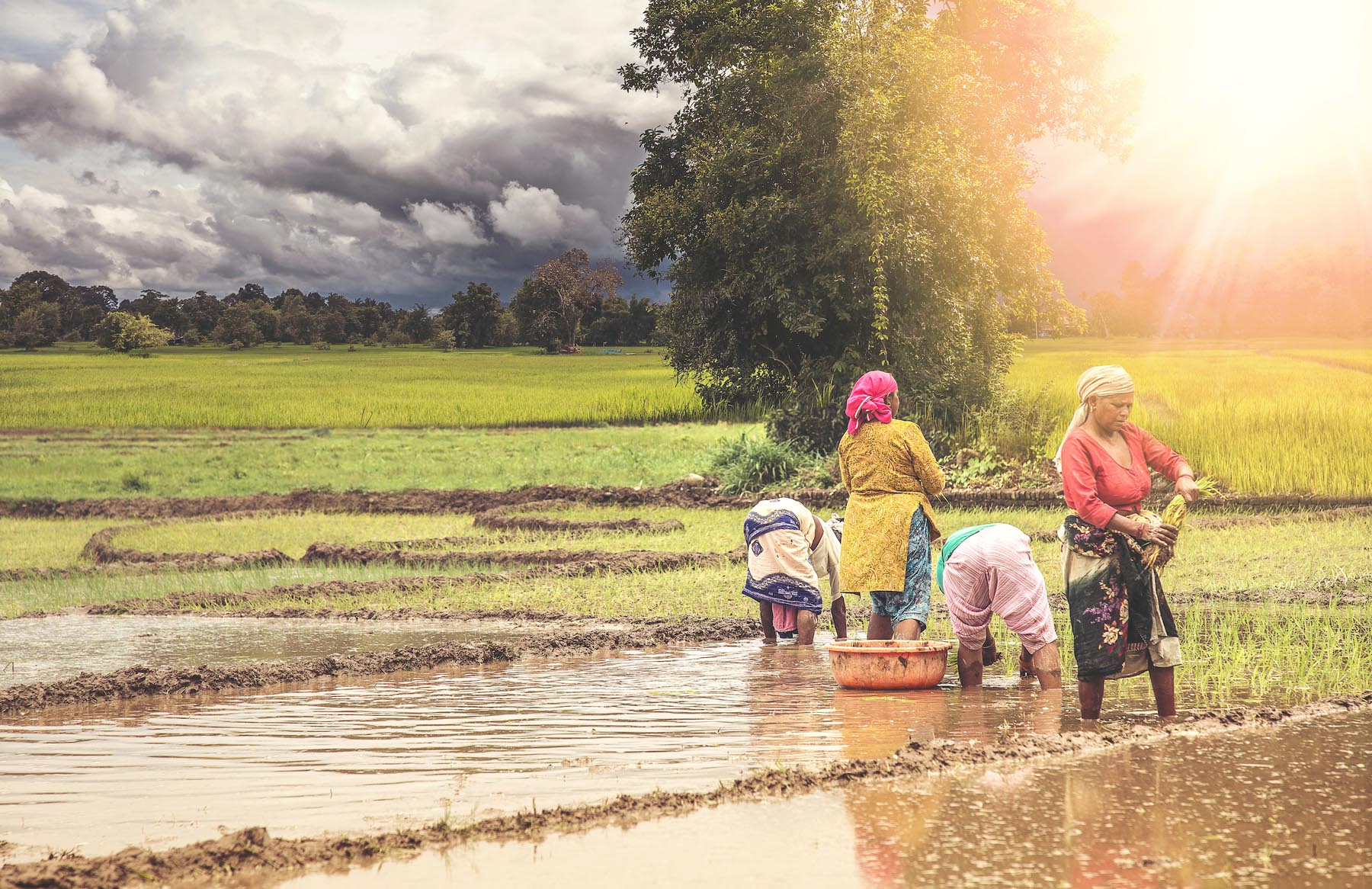Press Release, November 6, 2007
The World’s Poorest People Not Being Reached: New Study Examines Plight of Poor Living on Less than 50 Cents a Day
Washington, DC—Despite much progress reducing poverty worldwide, a substantial number of the world’s poorest people are being left behind, according to a new report by the International Food Policy Research Institute (IFPRI).
The report, “The World’s Most Deprived: Characteristics and Causes of Extreme Poverty and Hunger,” finds that 162 million of the world’s poorest people—the “ultra poor”—survive on less than 50 cents a day. If concentrated in a single nation, they would comprise the world’s seventh most populous country.
“About one billion people today live on less than a dollar a day,” said Akhter Ahmed, IFPRI senior research fellow and lead author of the report. “However, this number masks a multitude of people living in varying degrees of poverty—all of them poor, but as this research shows, some even more desperately poor than others.”
The report is the first to use household poverty data from 1990 to 2004 to look below the dollar-a-day poverty line and examine who the poorest people are, where they live, and how they have fared over time. Three categories of poverty in Asia, Latin America and the Caribbean, and Sub-Saharan Africa are examined in the study: subjacent poor (those living on between $0.75 and $1 a day), medial poor (those living on between $0.50 and $0.75 a day), and ultra poor (those living on less than $0.50 a day).
Released following the international conference, “Taking Action for the World’s Poor and Hungry People,” facilitated by IFPRI in Beijing, China last month, the report finds that the very poorest people have benefited the least from substantial reductions in poverty around the world during the past 15 years. If the decline had been equal in all three categories of poverty, the number of ultra poor people would have fallen by nearly 4 percent; in reality, it declined by less than 2 percent, or less than half the expected rate.
You can read the full Press Release at The World’s Poorest People Not Being Reached
Additional media materials, as well as the full report and an executive summary, can be found at:
The World’s Most Deprived
Related conference in Beijing, China, October 17-19, 2007: Taking Action for the World’s Poor and Hungry People







